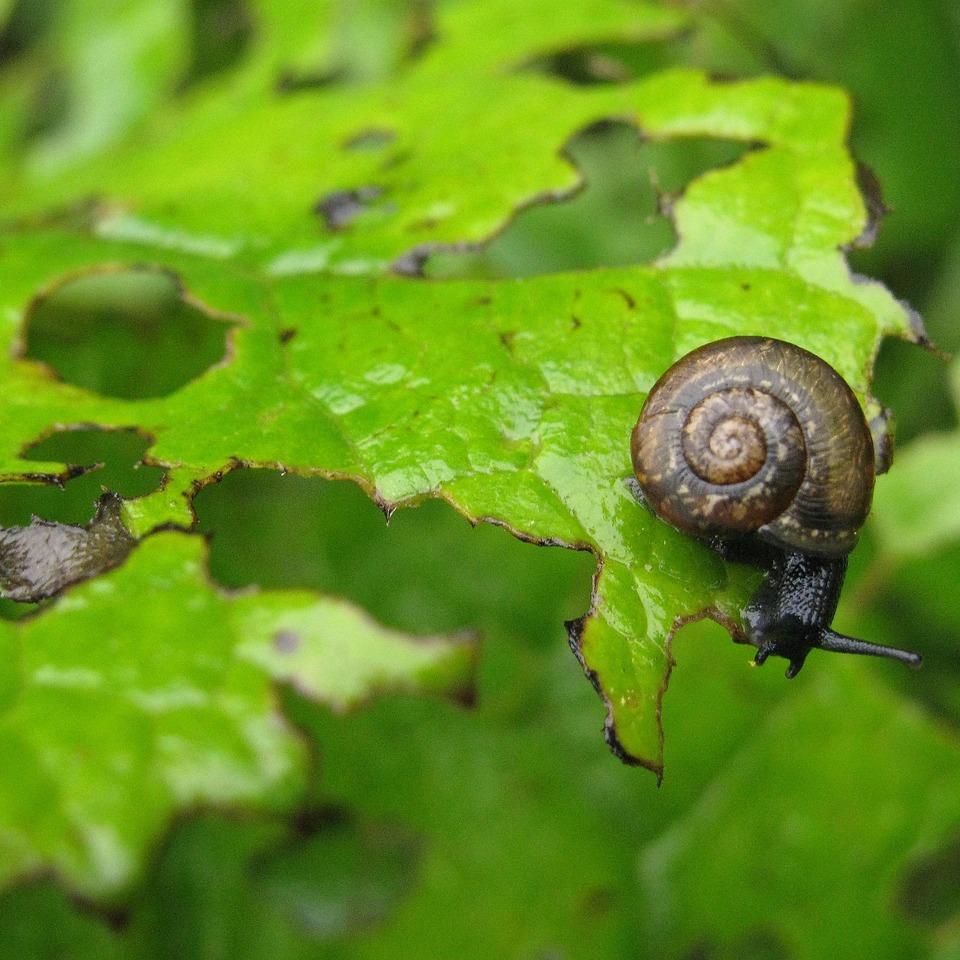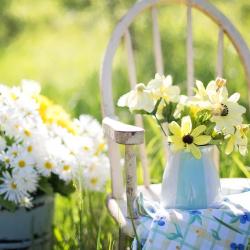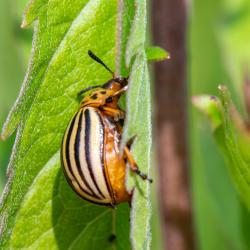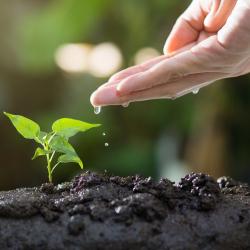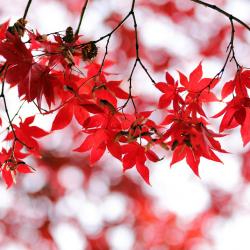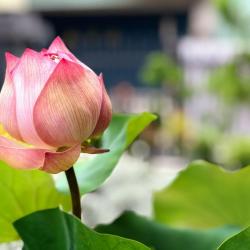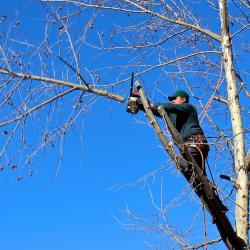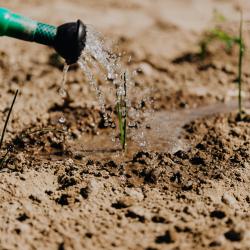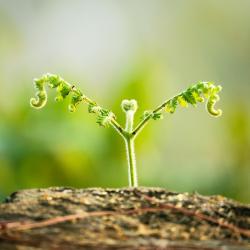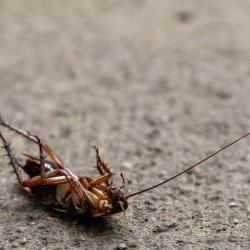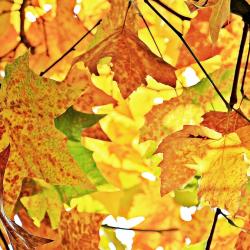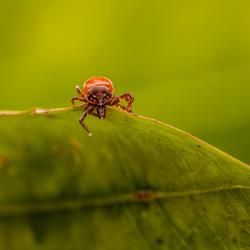How to Deal with Pests in Spring and Summer Gardens
As the vibrant hues of spring gradually transition into the warmth of summer, gardens come alive, showcasing an array of blossoms, fruits, and foliage. While this season brings joy to gardeners, it also invites an unwelcome crowd: garden pests. From nibbling insects to stealthy critters, these pests can damage plants and reduce yields. Here’s a comprehensive guide on how to manage and minimize pest problems in your garden during the spring and summer months.
1. Understand the Common Pests
Before tackling pest issues, it's crucial to identify your adversaries. Common garden pests include:
- Aphids: These tiny insects suck the sap from plants, causing curling leaves and stunted growth.
- Caterpillars: They munch on leaves and can quickly defoliate plants.
- Slugs and Snails: Particularly active in damp conditions, they leave holes in leaves and a telltale slime trail.
- Whiteflies: These small, white insects feed on the underside of leaves, causing them to yellow and die.
- Japanese Beetles: Known for their metallic green and copper coloring, they feast on leaves, flowers, and fruit.
2. Adopt Preventive Measures
Preventing pest infestations before they start is often more effective than trying to control them after they occur. Here are some preventive strategies:
- Healthy Soil: Start with nutrient-rich soil. Healthy plants are more resistant to pests.
- Companion Planting: Certain plants like marigolds and basil can deter pests. Planting them alongside vulnerable plants can provide a natural pest barrier.
- Diversify Your Garden: A diverse garden is less likely to suffer significant damage from pests because not all plants will attract the same insects.
3. Encourage Natural Predators
Creating an environment that attracts beneficial insects can help maintain pest populations. Ladybugs, lacewings, and predatory beetles feed on pests like aphids and caterpillars. To encourage these helpful insects:
- Provide Shelter: Include plants like dill, fennel, and yarrow, which offer a habitat and food source for beneficial insects.
- Avoid Pesticides: Limit the use of chemical pesticides as they can kill both harmful and beneficial insects.
4. Manual Control and Traps
For many gardeners, simple manual control can effectively reduce pest populations:
- Hand Picking: Regularly inspect your plants and remove visible pests by hand.
- Traps and Barriers: Fix copper tape around pots to deter slugs and snails, or use yellow sticky traps to catch flying insects like whiteflies.
5. Organic and Chemical Solutions
When preventive and manual methods aren’t enough, organic or chemical pesticides can play a role:
- Insecticidal Soaps: These are effective against soft-bodied insects like aphids without harming plants.
- Neem Oil: This natural extract disrupts the life cycle of many garden pests when sprayed on plants.
- Chemical Pesticides: As a last resort, utilize targeted chemical solutions, ensuring they are specifically labeled for your pest and plant to minimize environmental impact.
6. Regular Monitoring
Consistent monitoring is one of the most effective strategies to keep pests in check. Visit your garden regularly to:
- Check Plant Health: Look for signs of pest activity, such as chewed leaves or discolored spots.
- Early Intervention: Addressing issues at the first sign of trouble prevents larger infestations.
7. Seasonal Clean-Up
After each growing season, clean your garden by removing plant debris, which can harbor pests. Proper disposal of dead plants and sanitizing your tools can reduce the risk of pests returning next year.
Conclusion
Managing pests in your spring and summer garden involves a combination of strategies, from prevention to organic and chemical treatments. By understanding the challenges and employing a multi-faceted approach, you can enjoy a beautiful, healthy garden throughout the growing seasons. Remember, patience and persistence are key in nurturing a thriving garden ecosystem.
